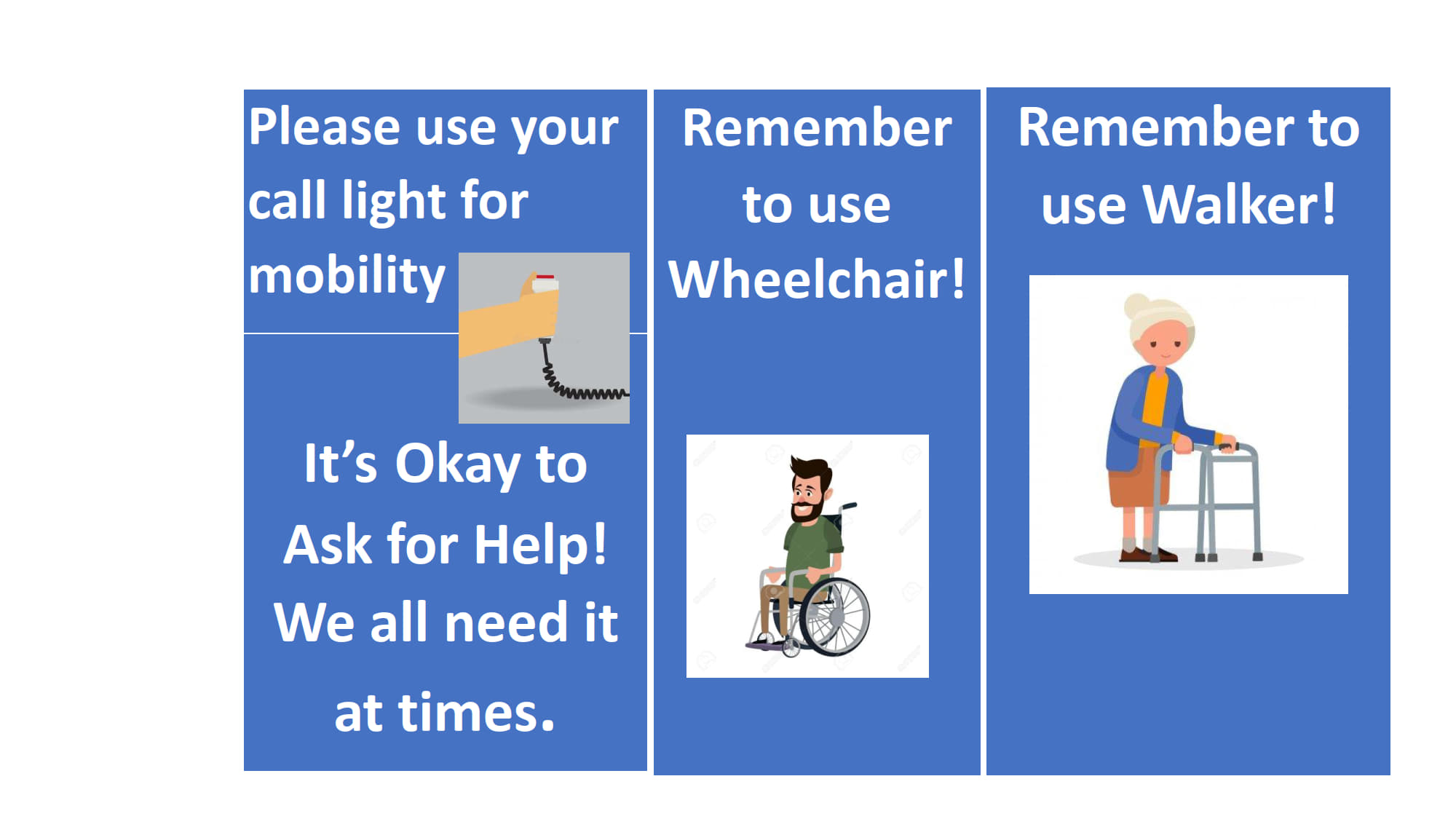By Angela Anderson, PT, DOR, Gateway Transitional Care, Pocatello, Idaho
Therapy at Gateway has been honing in on fall prevention for several months now and has implemented many therapy interventions that are fairly standard in fall prevention. We have the therapists focusing on fall risk and fall prevention during the evaluations and recommending assistive equipment or strategies to prevent falls at that time. We had found that many of the falls were happening in the first day or two and that the therapy POCs weren’t having time to affect the outcomes. So, Therapy and Nursing developed some tools to help implement interventions as preventative measures when the admission nurse does the intake.
The admission nurses are already doing a fall risk assessment on intake. Our PT, David Cox, helped develop a 48-hour falls checklist that gives the admission nurse a list of areas to focus on and questions to ask that may help decrease the likelihood of fall, such as, “Have they been trained to use the call light and remote?” and “Is the clutter put away?” He also developed potential interventions for low-, medium- and high-fall-risk patients, depending on the result of the falls risk assessment tool. These lists give the admission nurse more interventions to choose from that may be applicable based on why the patients are triggering for higher falls risk.
This also helps demonstrate that we are proactively looking at fall precautions and putting interventions into place, checking them off and signing the form that can be scanned into PCC. The therapists can then reinforce the interventions that are put into place, modify if necessary, and focus CNAs on these interventions in addition to the traditional Therapy fall preventions.
David and Brooke (ADON) came up with some notification magnets for the doorways of patient rooms that identify high-fall-risk patients (for frequent checks), for patients with unstable vitals and orthostatic hypotension, to identify risks that help alert CNAs and staff to issues that need increased attention. Admissions is reporting that the program has potential to help and she can see the efficacy.

